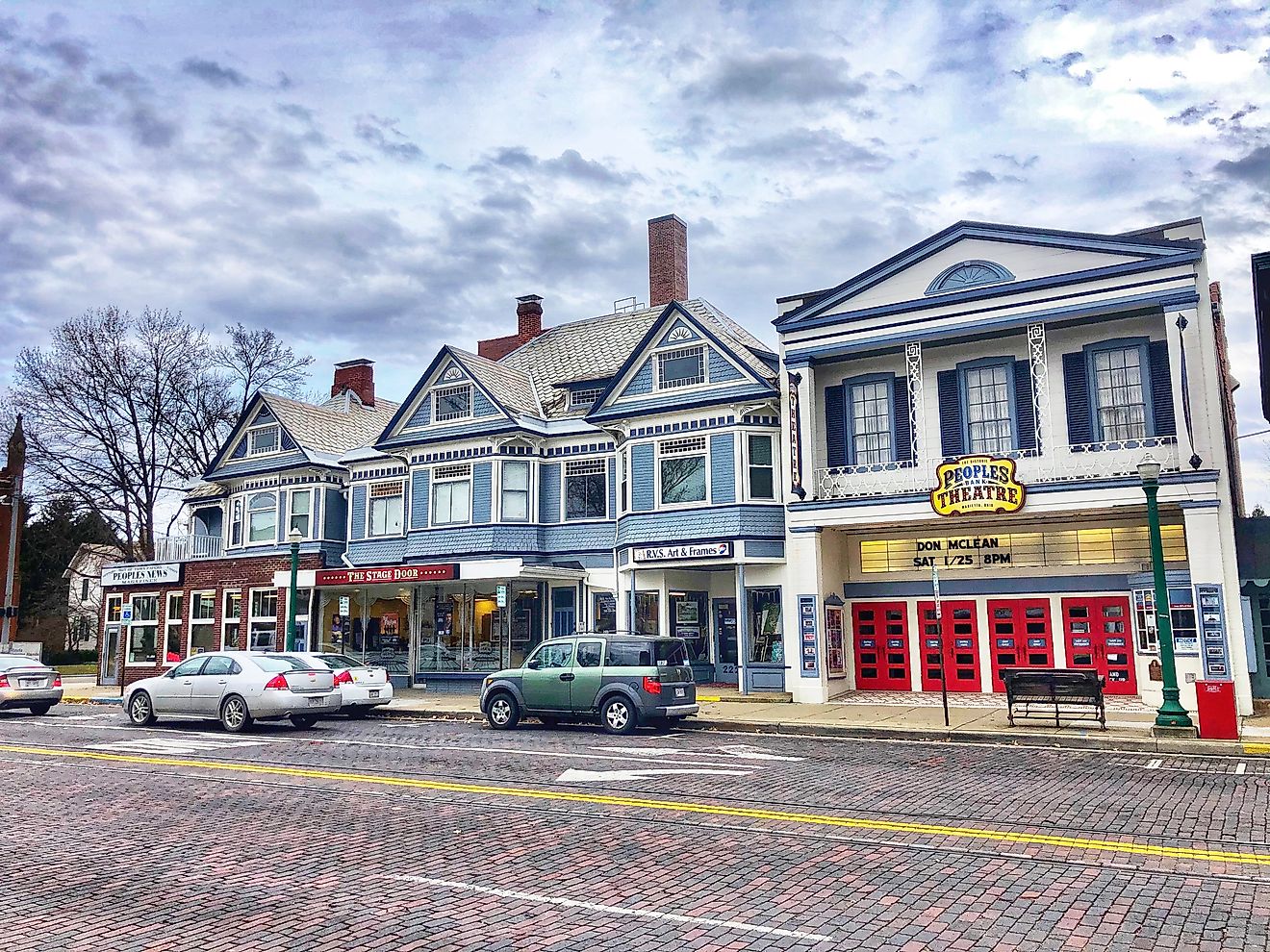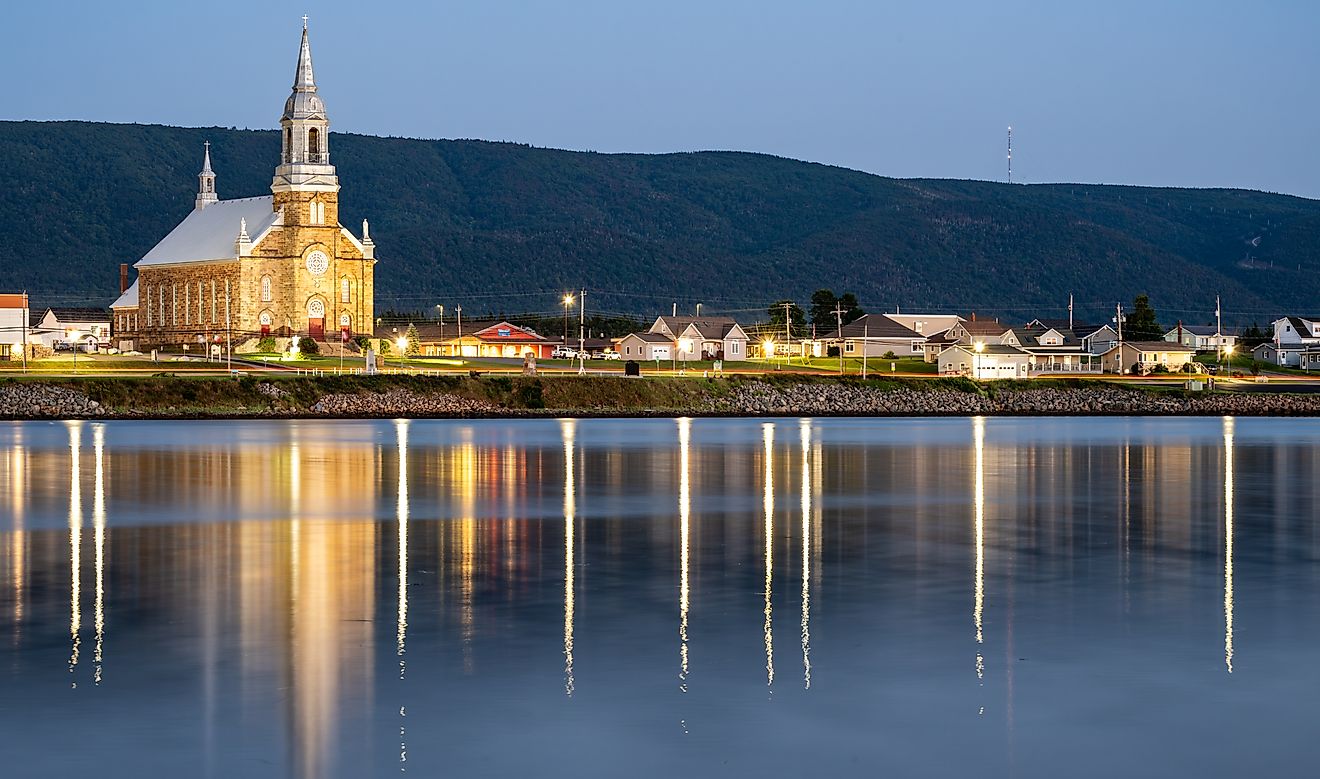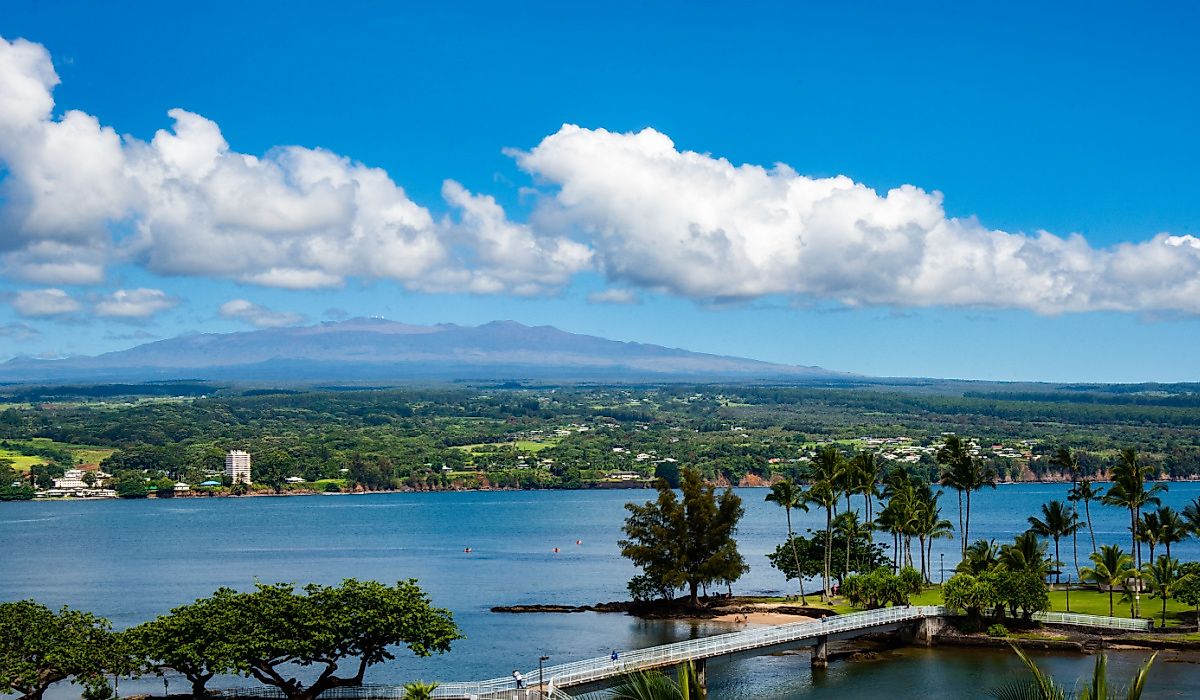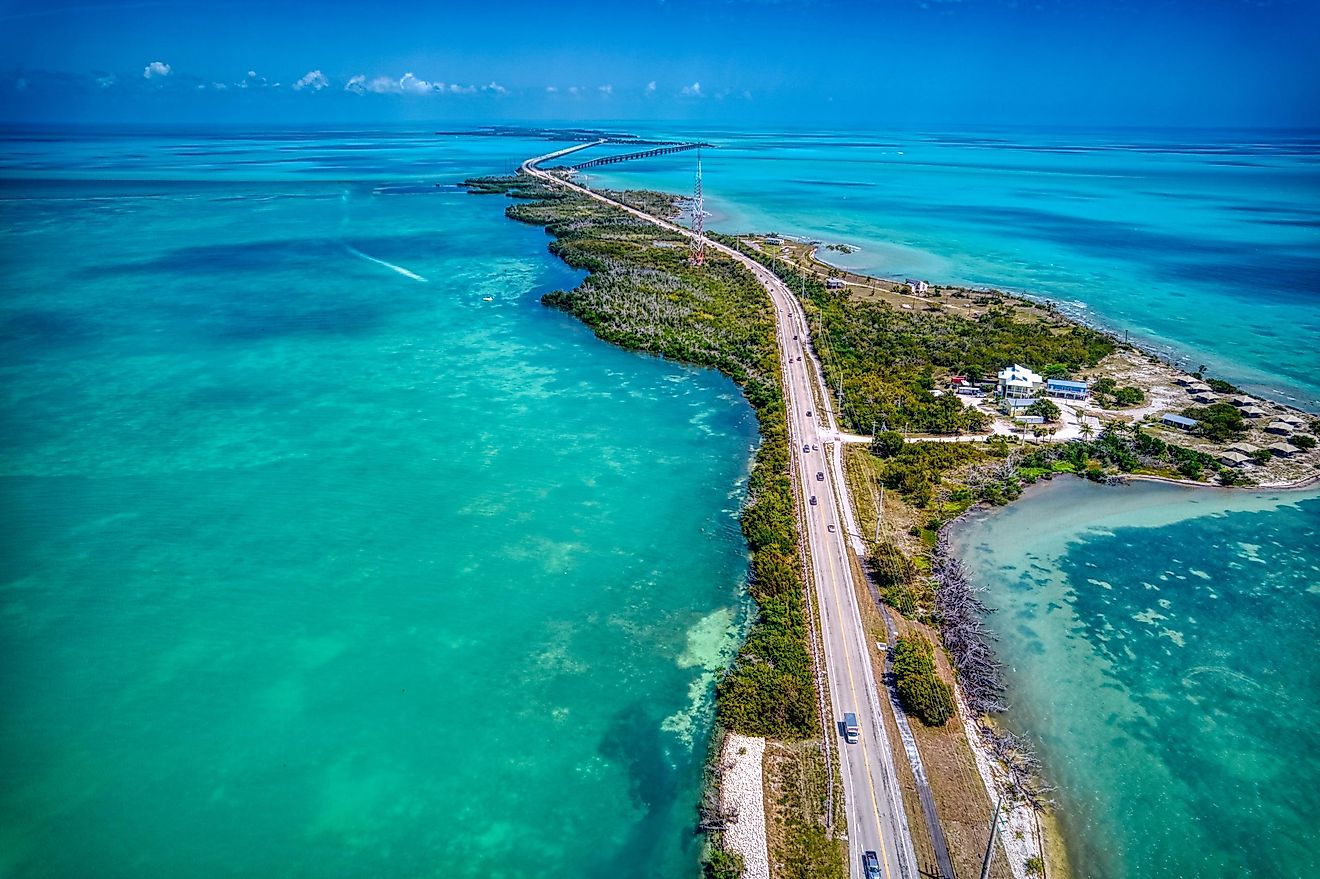Where Is Zion Canyon Located?
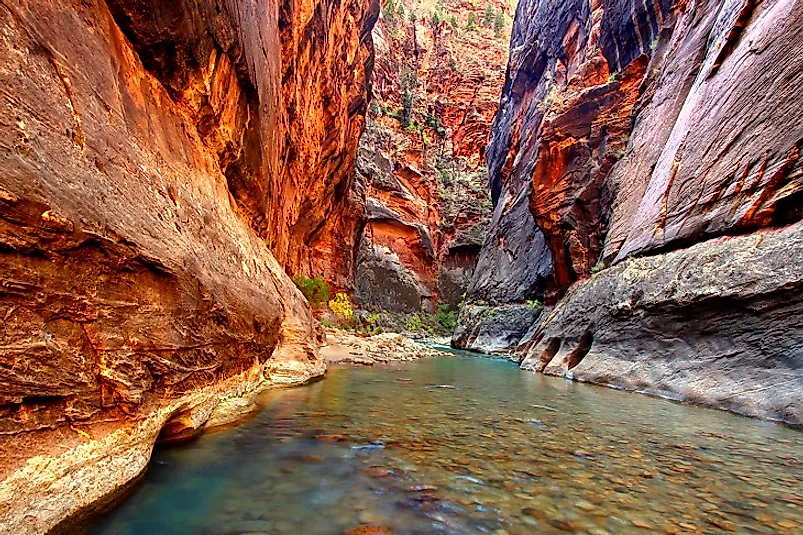
5. Description
The 15 miles-long and half-of-a mile deep Zion Canyon is one of the most prominent features of the 229-square mile Zion National Park, located in southwestern United States near Springdale, Utah along the northwestern edge of the Colorado Plateau. The North Folk Virgin River, which arises from the Navajo Lake, cuts through the Navajo sandstone of the canyon to flow through the Zion National Park. The entire landscape of the national park, comprised by canyons, cliffs, forested plateaus, and riverine environs, offers a spectacular sight, and harbors a unique diversity of flora and fauna species.
4. Historical Role
The geology of the Zion Canyon represents the culmination of 150 million years of sedimentation, most of which occurred during the Mesozoic era. Humans probably first settled in the area around 8,000 years ago, and gradually developed into the semi-nomadic Basketmaker Anasazi by 300 CE. Since then, several different groups of indigenous American peoples, including the Virgin Anasazi, Parowan Fremont, Parrusits, and other tribes and sub-tribes, have settled in the region . European explorations into southern Utah region began around the late 18th Century, when members of the Dominguez Escalante Spanish expedition first arrived in search of a land route between Mexico and California. The Mormon missionary and interpreter Nephi Johnson fist reported viewing the Zion Canyon in 1858, and soon thereafter Mormon settlements cropped up throughout the canyon region, with the first settlers being the family of Issac Behunin. Farming was extensively practiced on the canyon floor until 1909, when the canyon was declared a National Monument by the United States President. Finally, on November 19th, 1919, the Zion National Park was established.
3. Modern Significance
The Zion Canyon and its surrounding landscape creates an area of great ecological significance. Housing one of the richest diversities of flora and fauna in the United States, the region is also seen displaying some of the most unique geological and geographical features in the country as well. As the region is protected by U.S. law, tourism is the only source of economic revenues in the region directly in and around the canyon. Hiking, biking, canyoneering, horse-riding, and rock climbing are some of the activities offered to tourists visiting the Zion National Park. The importance of the national park from the perspective of the tourism industry can we well displayed by the tourist footfall numbers recorded in the region. In the month of February of 2016 alone, nearly 198,345 visitors visited the national park.
2. Habitat and Biodiversity
The Zion Canyon undergoes seasonal variations in temperature and precipitation all throughout the year. Spring days alternate between stormy and wet and warm and sunny. Summer mornings are usually quite hot (35 °C to 43°Celsius) but evenings are cooler (18 °C to 21°Celsius). Thunderstorms are common between July and September. Fall in the Zion Canyon offers pleasant weather conditions, while winters are mild with occasional snow and rain storms. The Zion National Park has four types of eco-zones. Namely, these are deserts, riparian forests, mixed woodlands, and coniferous forests. The park houses 75 mammalian, 289 bird, and 32 reptile and amphibian species. Top predators of the region include cougars, coyotes, and gray foxes. Other mammalian species, like rock squirrels, jackrabbits, mule deer, and Merriam's kangaroo rats, are also to be found here. The avifauna of the national park includes such predatory species as Golden eagles, Red-tailed hawks, and Peregrine falcons.
1. Environmental Threats and Territorial Disputes
The greatest threat to the Zion National Park ecosystems comes from the heavy tourist footfalls into the region. Thousands of tourists visit the park each day, and leave behind their carbon footprint in the park. Air tours of the canyon often create excessive noise that disturbs the wildlife of the region as well. On a peak day in the Canyon, around 1,700 motorized vehicles enter the park, generating a significant amount of air pollution in the region. The irresponsible disposal of litter by tourists and the poor management of tourist facilities by tour operators often adversely impacts the environment of the national park as well.








